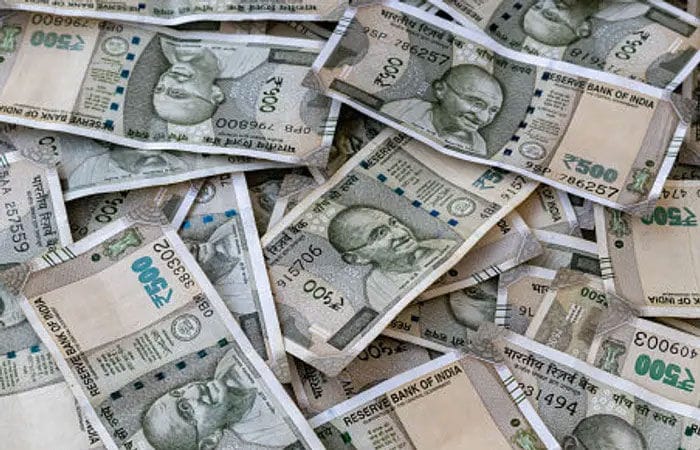Ahmedabad’s Special Operations Group (SOG) has uncovered a significant counterfeit currency racket. The investigation, spanning months, has led to the recovery of 9,837 fake currency notes of various denominations in 2024.
These notes, detected primarily when unsuspecting individuals attempted to deposit them in banks, amount to a total of ₹43.11 lakh.
The case sheds light on a pressing issue in India’s financial system: counterfeit currency infiltrating the market and going unnoticed until random detection.
The investigation was initiated earlier this year after multiple banks, including ICICI, Axis, HDFC, Yes Bank, and SBI, reported suspicious notes. These notes were identified based on discrepancies in texture, colour, and serial numbers. Bank officials promptly sealed the questionable notes and forwarded them to the Ahmedabad Police Commissioner’s office and the Joint Commissioner of Police for further scrutiny.
The breakdown of the seized counterfeit notes is as follows:
₹2000 notes: 915 pieces
₹500 notes: 3,744 pieces
₹200 notes: 1,261 pieces
₹100 notes: 3,251 pieces
₹50 notes: 647 pieces
₹20 notes: 14 pieces
₹10 notes: 5 pieces
Modus operandi
The counterfeit currency appears to have been manufactured with an alarming level of precision, mimicking genuine notes to deceive unsuspecting recipients. The investigation is yet to uncover any organised chain or network responsible for the circulation of these fake notes. Instead, the notes remained largely detected when common citizens unknowingly attempted to deposit them in banks in small amounts.
This modus operandi suggests a decentralised and covert circulation strategy. Investigators speculate that the notes were likely introduced into the system through legitimate business transactions and retail payments, thereby bypassing traditional detection mechanisms.
The seized counterfeit notes have been meticulously catalogued and stored in secure, transparent plastic containers. Forensic experts are now analysing these notes to determine their origin and manufacturing techniques. Meanwhile, the SOG has obtained relevant documents from the banks involved in tracing any potential leads that might expose the people behind this operation.
Legal proceedings have been initiated under Sections 485, 486, and 120-B of the Indian Penal Code, which address counterfeiting currency and criminal conspiracy. The police are also collaborating with banking officials and cyber experts to probe deeper into the network.
The recovery of over 9,800 fake notes in a single year highlights a glaring vulnerability in the financial system. With the Reserve Bank of India and commercial banks investing heavily in detection mechanisms, the persistence of counterfeit currency underscores the need for enhanced measures.
The absence of an identifiable network or chain complicates the situation. Unlike traditional counterfeit operations where investigators can trace a clear distribution route, these notes surface occasionally, often through individuals unaware of their illegitimacy. This pattern necessitates a multi-pronged approach involving public awareness, improved security features in currency notes, and advanced technology for detection.



